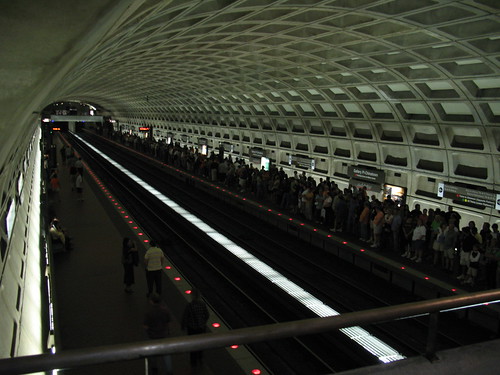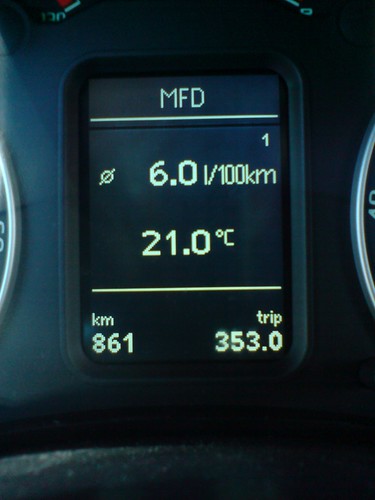Some of you remember that TransportGooru dropped a letter to WMATA’s managament about a terrible commute a couple of weeks ago. You can read that letter here: An Open Letter to WMATA Chief, Mr. John Catoe – Are you really in touch with your customer? If not, please get in touch with me!

Surprise, Surprise! Metro’s Customer Service Manager, Paul Bumbry, replied to this “grievance” letter with an equally lengthy one, addressing the various issues highlighted by TransportGooru. Though it does not address many of the concerns in a convincing fashion, Transportgooru applauds and appreciates WMATA’s efforts to take such complaints seriously and offer a response. Thank you, WMATA & John Catoe. Without further ado, let’s proceed to read the response from Mr. Bumbry.
Dear Mr. TransportGooru:
Thank you for your April 10, 2009 email to the Washington Metropolitan Area Transit Authority. I have been asked to respond to the open letter to General Manager John Catoe that you posted on your Web site.
We regret the inconvenience you experienced on April 10, 2009, when your train did not stop at the place you have become accustomed to it stopping alongthe platform at the Gallery Place-Chinatown Metrorail station. To help protect the safety of large crowds of customers during special events, Metrorail management requires all train operators to pull all the way to the front end of the platform, regardless of the number of cars in the train. Public address announcements are made to advise customers when this is the case.
We also regret your experience with the train doors on the Red Line train. We agree with you that safety is paramount, and our employees try hard to uphold this principle. That is why we place so much emphasis on the proper procedures for train operators to open and close train doors when passengers are exiting and boarding. Operators are required to look out of the operator cab window and check the view alongside the train before closing the doors. Operators are also trained to respond as quickly as possible if the doors close inadvertently on a patron.
I have routed your e mail to the Red Line division, so the superintendent can re-instruct the operator on proper door closing procedures and investigate any reports of a malfunction that night. If you witness such an incident again, please make note of as many details as possible, including the time and exact location, as well as the four-digit rail car number posted inside the door at each end of the car. We encourage you to report the information by completing an online Customer Comment Form on the Metro Web site, at www.metroopensdoors.com, or by calling Metro¿s Office of Customer Service at (202) 637-1328, so we can take the appropriate follow-up action.
We apologize for this unfortunate incident, and we appreciate your suggestions. Although we cannot implement each suggestion we receive, yours will be forwarded to Rail Operations for review. I hope your future travel experiences on Metro are positive ones.
Sincerely,
Paul Bumbry
Customer Service Manager
When responding to this email, please perform a reply with history so that the following conversational identifier “[THREAD_ID:493950]” is included in your response.
Note to WMATA: Last night I witnessed the no improvement in your “level of service” at Gallery Place when I arrived there a few minutes after 9 PM. The crowd was swelling on the platform as the Capitals game at Verzion center was nearing the end with patrons leaving the game. The approaching train pulled up to the father end of the platform as you noted in your response (To help protect the safety of large crowds of customers during special events, Metrorail management requires all train operators to pull all the way to the front end of the platform, regardless of the number of cars in the train. Public address announcements are made to advise customers when this is the case). But I must tell tell you, there was no PSA notification about this procedure. As clueless as they always are, some of your customers ran chasing the train. I am not sure what is not working — your PSA or your instructions to the employees to deliver such “advise” to customers. The good thing is that the operator was a lot more courteous and didn’t play the jingle game like the one that got TransportGooru all upset earlier. Oh readers, there is still no word from John Catoe about his availability to have a cup of coffee and go over some of these issues. Mr. Catoe, the offer (that I’ll pay for your cup of coffee) is still valid and if you change your mind, please feel free to write to: transportgooru@gmail.com.







